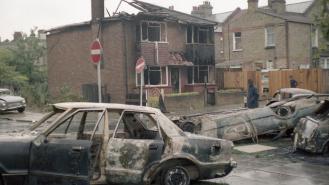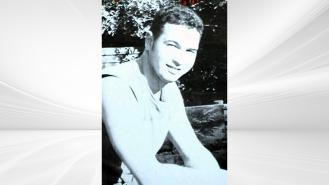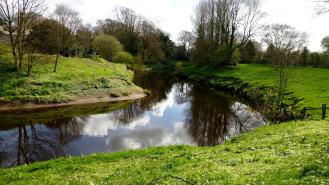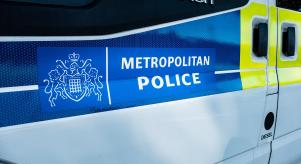
What happened during the 2011 London Riots?
From 6th to 11th August 2011, the UK was rocked by a wave of violence as multiple cities erupted into riots. Violence, arson and looting took place, resulting in widespread damage, devastation, and five deaths. The London Riots of 2011 became a stark early warning of how social media could fuel and organise mass unrest.
The cause
On 4th August 2011, a 29-year-old black British man named Mark Duggan was killed by London police. The incident began as a targeted vehicle stop in Tottenham Hale, as police believed Duggan to be carrying a gun. The father of four was shot dead.
Conflicting information about the incident circulated. Initial reports implied that Duggan shot at officers, but later information showed that the nearby gun was not fired. This raised questions about the justification for the killing, which led to public outcry.
Agitation had already been rising in local communities due to the recession, which was causing economic hardship and unemployment for thousands. Pre-existing racial and class tensions are also believed to be factors, along with gang culture and criminal opportunism - people who used the riots as an excuse to engage in criminal behaviour.
Public action began with a peaceful protest that took place on the morning of 6th August. People marched from Broadwater Farm and gathered outside Tottenham police station, asking for information to be released about Duggan's death. However, this then escalated into rioting and looting. Notably, this march began at the site of the 1985 Broadwater Farm Riots, speaking to long-enduring tensions in the area.
The riots
The riots began in Tottenham Hale on the evening of the protest. After standing outside the police station all day, protesters were told to leave due to insufficient staff to address their concerns. In response, the crowd turned violent, attacking police vehicles. Bottles, fireworks, bricks and petrol bombs were thrown.
As news of this spread, other parts of London began to riot, too. Riots took place in Brixton, Oxford Circus and Islington on 7th August. By the evening of 8th August, violence and arson had spread to many parts of the city. Looters targeted high-value stores and clothes shops, stealing goods and setting them on fire. The first deaths took place that night - one man was shot, while another was killed in an assault.
In the days that followed, copycat events took place all over the UK. Bristol, Birmingham, Manchester and Liverpool were among the biggest sites of unrest. Police presence was greatly increased in London in an attempt to crack down on looting. This led to relative calm in the capital city. However, many other cities continued to riot for another night, which led to three men being killed in a hit-and-run in Birmingham.
The impact
In total, five people were killed in the riots, while countless more faced extreme losses. At least 100 families were made homeless by the destruction of property. Shops and vehicles were also destroyed, including several double-decker buses.
It was estimated that the damage caused by the rioting totalled more than £200 million, with 2,584 businesses being attacked or looted. Train stations were closed, sports events were delayed, and over 30,000 trading hours were lost.
The events of the 2011 riots also placed a significant strain on the emergency services. 186 police officers were injured, along with five police dogs and 10 firefighters. Many police vehicles were damaged or burned, and even several fire engines had their windscreens smashed.
As a result of the carnage, court hours were extended to accommodate the volume of cases. In total, more than 3,000 arrests were made, with 1,984 people facing charges and 1,292 people jailed. CCTV was uploaded to a police website, asking for public help to identify rioters.
In 2014, the shooting of Mark Duggan was ruled as a lawful killing. This was appealed but upheld in 2017.
The role of social media
The rise of social media allowed for the promotion of far-reaching disorder. By using Facebook and Twitter, rioters could advertise where violence would take place, allowing the mobs to organise in an unprecedented way.
However, this same tool made it much easier for police to identify perpetrators. Those who encouraged the riots through online posts were quickly charged. BlackBerry Messages were also given to the police and used to find participants.
People learned the hard way that social media posts could be used against them as evidence. A high number of rioters were unmasked, allowing for easy identification. Many had even posed with stolen goods, incriminating themselves.
Local cleanup events were also organised on social media, allowing the local community to repair the damage together.








